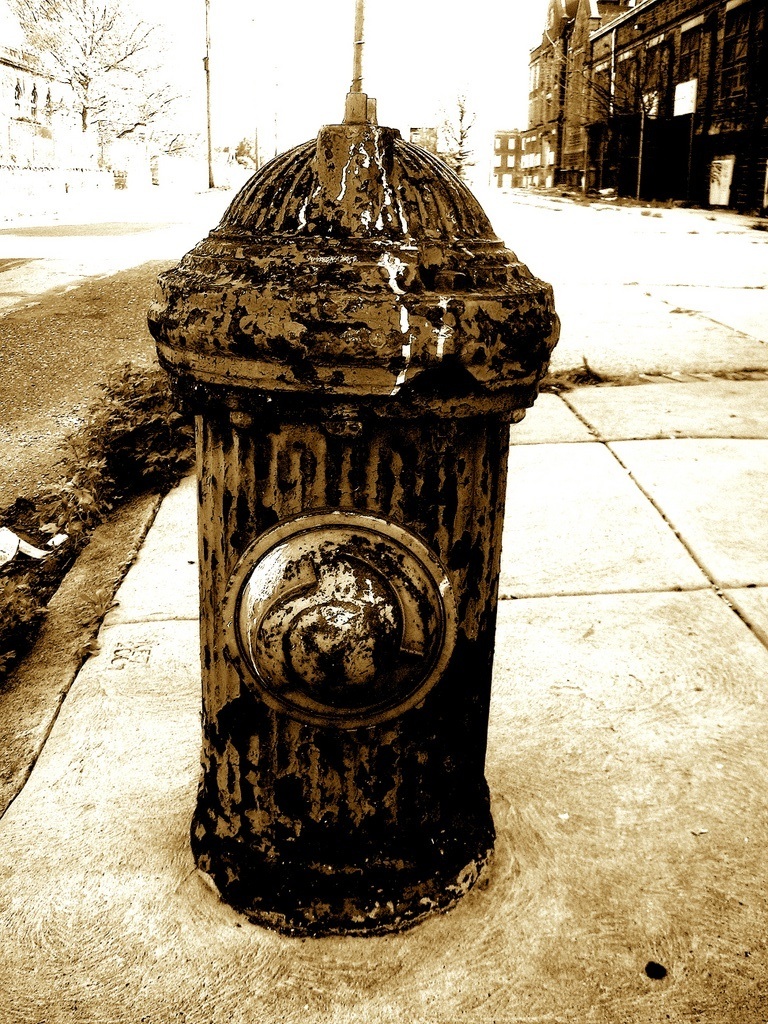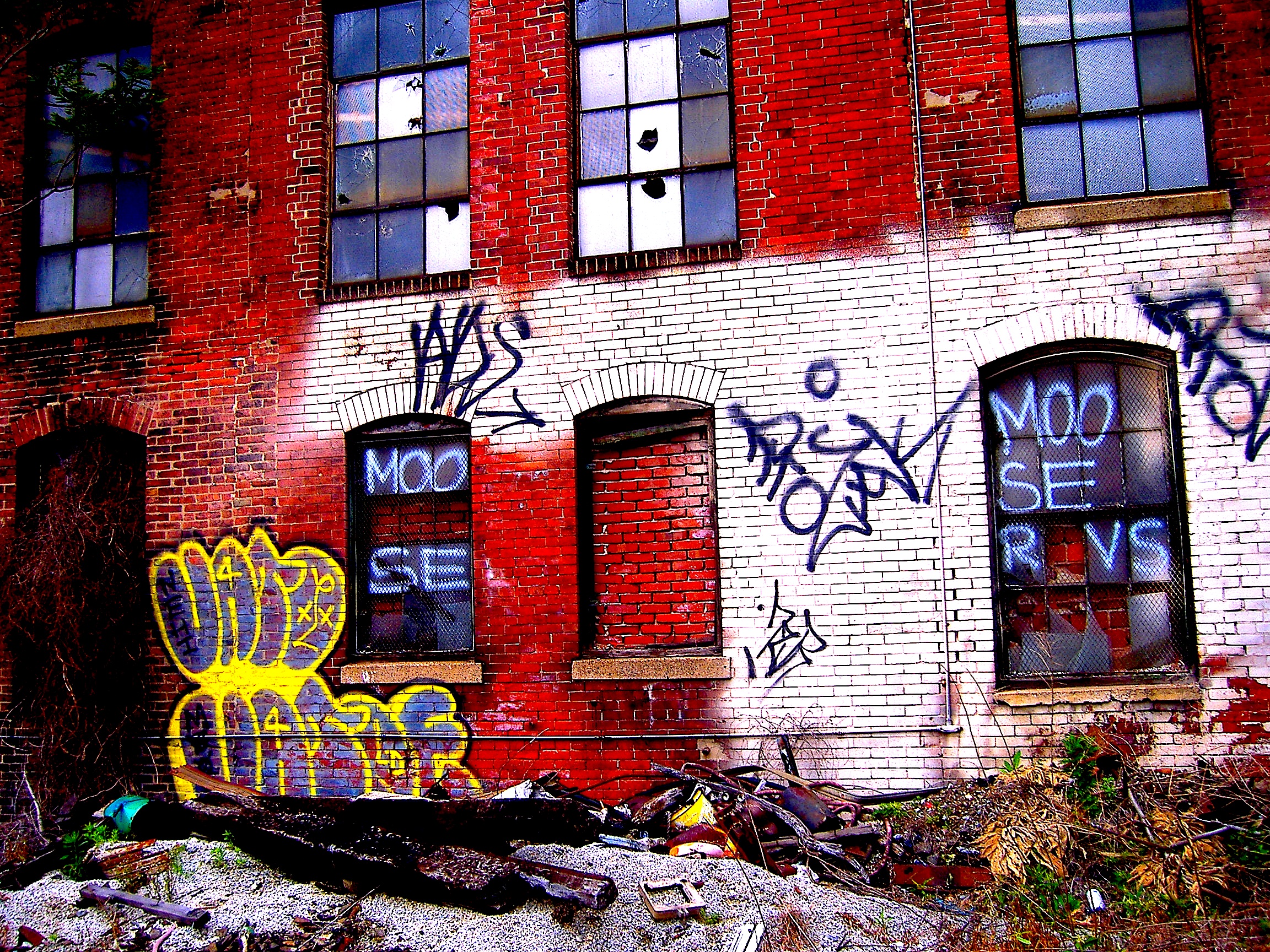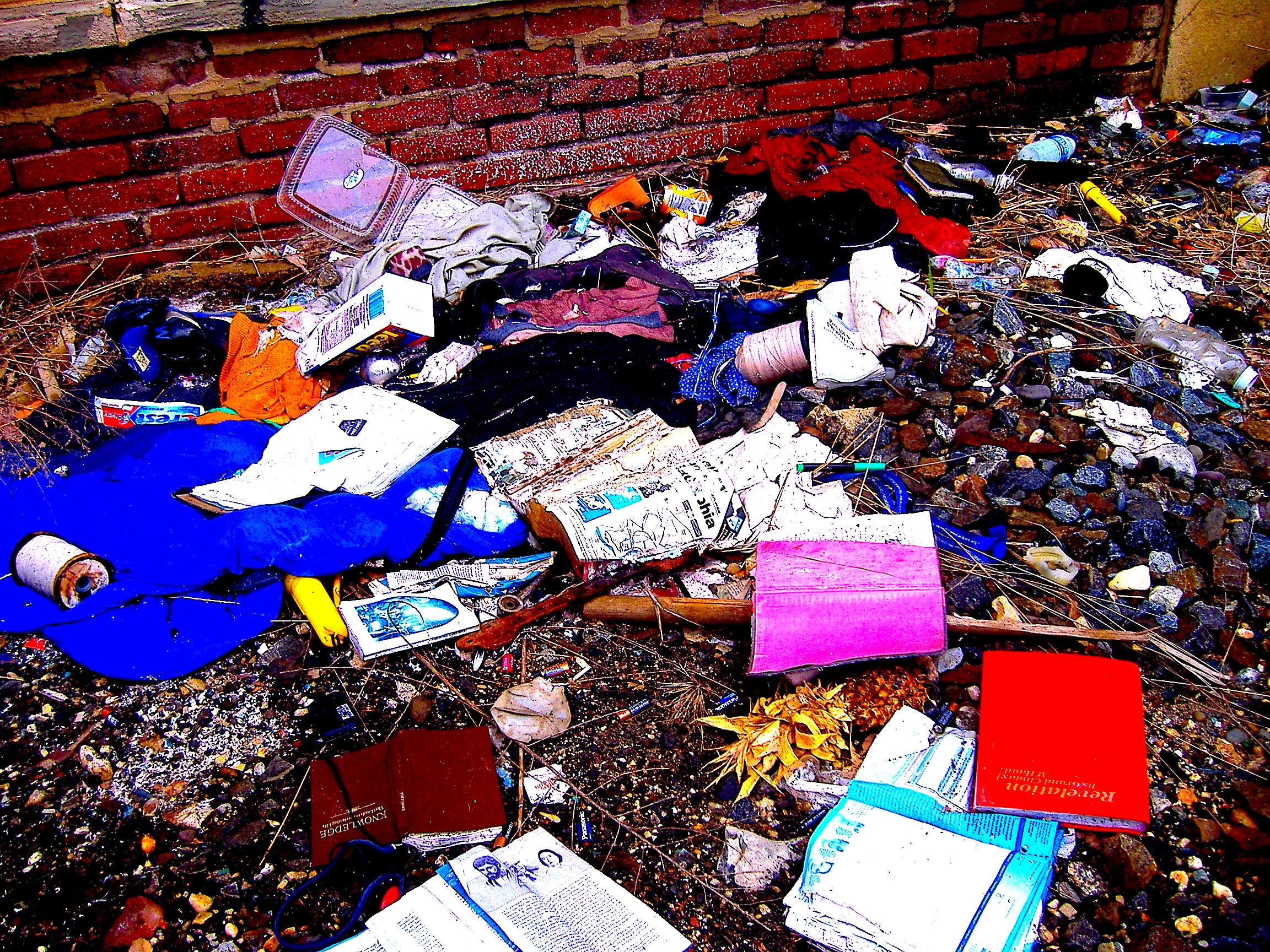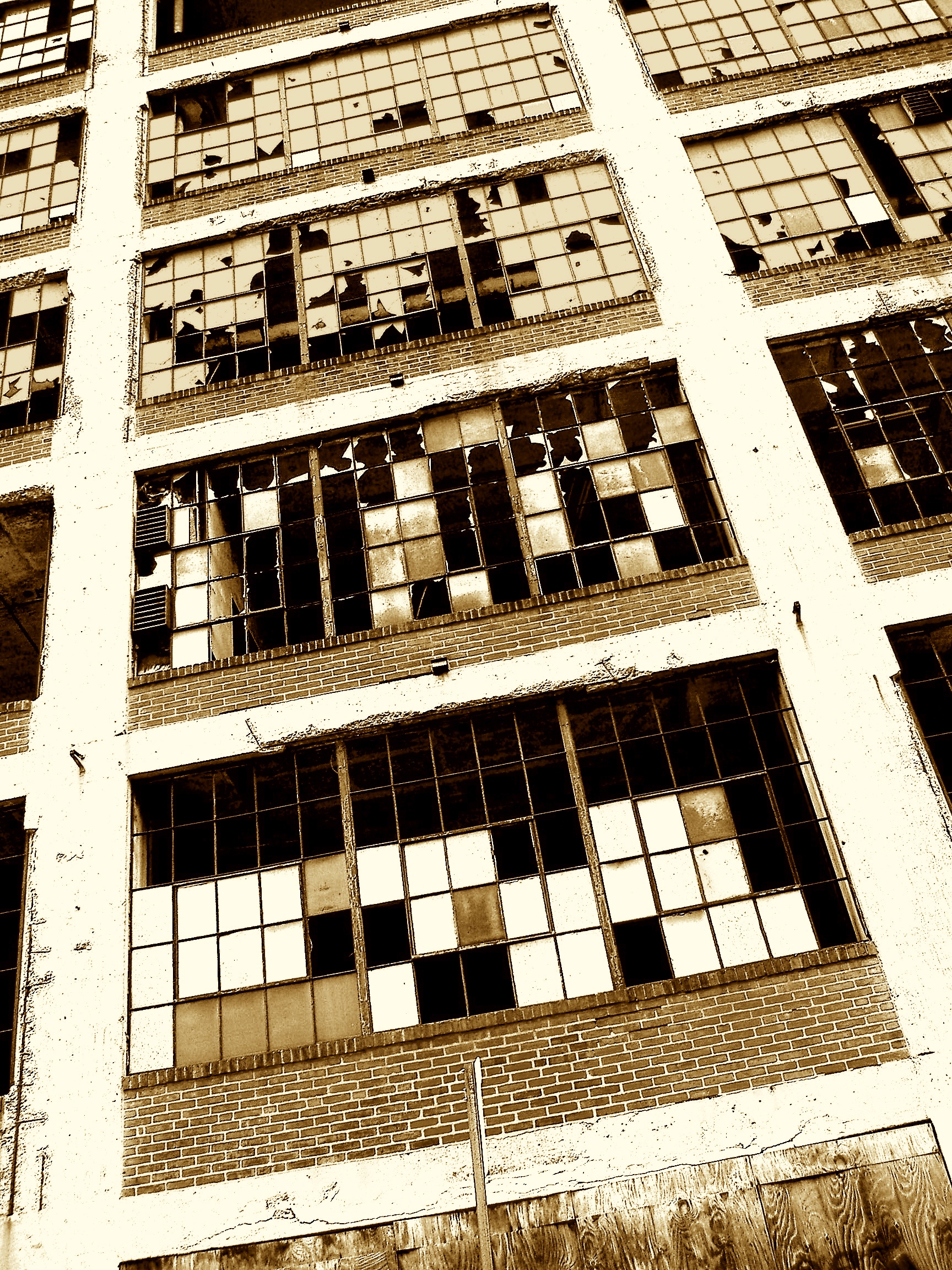
 BY JEFF DEENEY A lot of noise erupted in the media yesterday about what the new census poverty numbers mean. I thought it’s was a little soon for a victory lap, though Bush and the Red State regions of the blogosphere were quick to I-Told-You-So. “Poverty Numbers Decrease Substantially” was the headline on Drudge. Bush said, “More of our citizens are doing better in this economy, with continued rising incomes and more Americans pulling themselves out of poverty.” However, the fact is that the numbers mean different things for different regions, all of which are made up of different kinds of people. In the Philadelphia region there’s no reason to uncork the champagne.
BY JEFF DEENEY A lot of noise erupted in the media yesterday about what the new census poverty numbers mean. I thought it’s was a little soon for a victory lap, though Bush and the Red State regions of the blogosphere were quick to I-Told-You-So. “Poverty Numbers Decrease Substantially” was the headline on Drudge. Bush said, “More of our citizens are doing better in this economy, with continued rising incomes and more Americans pulling themselves out of poverty.” However, the fact is that the numbers mean different things for different regions, all of which are made up of different kinds of people. In the Philadelphia region there’s no reason to uncork the champagne.
First, kudos to Larry Eichel at the Inquirer; he provides a helpful regional breakdown of yesterday’s new census poverty data in today’s paper. He does a good job of showing that in Philadelphia, where 25 percent of the city lives under the federal poverty standard, these new poverty numbers are not cause for celebration. In Philly and Camden (and I would wager Chester and Norristown, too) it’s business as usual. As a city, we’re still bad off in just about every category: 35.3 percent of children, 22 percent of adults, and 19.5 percent of seniors live below the poverty line, double the national average across the board. And bear in mind, as I’ve stated before, if you are living “below the poverty line” you are really, really poor.
poverty data in today’s paper. He does a good job of showing that in Philadelphia, where 25 percent of the city lives under the federal poverty standard, these new poverty numbers are not cause for celebration. In Philly and Camden (and I would wager Chester and Norristown, too) it’s business as usual. As a city, we’re still bad off in just about every category: 35.3 percent of children, 22 percent of adults, and 19.5 percent of seniors live below the poverty line, double the national average across the board. And bear in mind, as I’ve stated before, if you are living “below the poverty line” you are really, really poor.
Not surprisingly, the news is good for those outside the Bundt hole, living in the cake — Chester, Montgomery, Burlington and Bucks Counties — are doing swimmingly in terms of median income.
Extracting meaningful data from the voluminous raw numbers is a complicated affair, but it looks like the drop in insurance coverage comes not only from employers cutting benefits and employees unable to afford private coverage, but also from children getting cut off from programs like SCHIP, which, ironically, was designed to cover families who make too much money for Medicaid coverage but didn’t make enough to afford private insurance. It seems that a lot of families not technically “poor” are only just far enough away from poverty to no longer qualify for any kind of health coverage, public or private. Whether there’s a direct correlation between families leaving poverty and becoming medically uninsured as a reward for their hard work is something that will be debated in months to come.
 This idea of families working hard to leave poverty only to be left with no medical coverage and vulnerable to financial tragedy reminds of a seminal sociology text I would recommend reading (it’s very readable) called, Regulating the Poor, the Functions of Public Welfare. Let’s face it, welfare and public health coverage are necessary components of any discussion on American poverty. The book was written in the ’70s but continually updated throughout the ’90s by Richard Cloward and Frances Fox Piven, a husband and wife team of New York academics. Cloward taught at Columbia University, and I was fortunate enough to have a class with him not long before he passed away. Even at 70-plus years, he was still a crusty and fiery old school radical leftist, one of the last of a dying breed.
This idea of families working hard to leave poverty only to be left with no medical coverage and vulnerable to financial tragedy reminds of a seminal sociology text I would recommend reading (it’s very readable) called, Regulating the Poor, the Functions of Public Welfare. Let’s face it, welfare and public health coverage are necessary components of any discussion on American poverty. The book was written in the ’70s but continually updated throughout the ’90s by Richard Cloward and Frances Fox Piven, a husband and wife team of New York academics. Cloward taught at Columbia University, and I was fortunate enough to have a class with him not long before he passed away. Even at 70-plus years, he was still a crusty and fiery old school radical leftist, one of the last of a dying breed.
The book contains a couple of major ideas; most prominent is that the public welfare state exists for three reasons: First, it’s a valid safety net in times financial catastrophe (think the Depression and the New Deal); second, in times of abundance it punitively reinforces society’s collectively held value of work and third, that in punitively forcing those without skills or education to work it provides a ready pool of cheap labor to large companies. This last part, in light of the growing gap between the rich and poor in America, is especially instructive. In fact, it seems to grow more true each day.
This is the reality for many poor and primarily black women in Philadelphia — without skills or education, the two remaining options for feeding a family are welfare or low-wage labor that doesn’t provide medical coverage. If she stays on welfare, she at least keeps her medical. If she goes to work at the minimum wage, she makes a few thousand dollars a year more than welfare that she probably feeds back into medical costs anyway now that she’s no longer covered. Since her days on welfare are numbered (the Clinton welfare reforms allow no person more than 60 months of public assistance over the course of a lifetime), she’s necessarily bounced back into the labor market at some point. There she finds Wal-Mart, Rite-Aid, CVS, or any number of other corporations who require the lowest possible wage labor to keep profit margins high ready and waiting for her. Wal-Mart, it’s been shown, even goes so far as to try and contain employee earnings at a level low enough that they remain eligible for Medicaid health coverage, and even schools employees on how to apply for it if they don’t already know how to.
two remaining options for feeding a family are welfare or low-wage labor that doesn’t provide medical coverage. If she stays on welfare, she at least keeps her medical. If she goes to work at the minimum wage, she makes a few thousand dollars a year more than welfare that she probably feeds back into medical costs anyway now that she’s no longer covered. Since her days on welfare are numbered (the Clinton welfare reforms allow no person more than 60 months of public assistance over the course of a lifetime), she’s necessarily bounced back into the labor market at some point. There she finds Wal-Mart, Rite-Aid, CVS, or any number of other corporations who require the lowest possible wage labor to keep profit margins high ready and waiting for her. Wal-Mart, it’s been shown, even goes so far as to try and contain employee earnings at a level low enough that they remain eligible for Medicaid health coverage, and even schools employees on how to apply for it if they don’t already know how to.
Of course, low wage labor helps keep shareholders happy, as it contains costs that otherwise would cut into earnings. It also keeps CEOs happy, as high earnings mean high compensation. In my experience as a social worker, I’ve found that women approaching the end of their five years on welfare who are unskilled are often directed to service jobs at companies like CVS, which are always in need of minimum wage counter help. At $7.15 an hour, a single mother of two is still below the poverty line with an annual income of $14,300 — and that’s if she’s working full time. The minimum wage was also just raised; last year she would have made $12,500.
By comparison, according to Forbes.com, CVS’s CEO, Thomas Ryan, made $24,020,009 in cash compensation in 2006 and a total of $65,092,072 when taking into account stock holdings. But hey, he couldn’t have done it with out you counter ladies!
So the poor in Philadelphia continue to struggle with failing public institutions that don’t provide them education or skills, and then proceed into a hostile labor market that refuses to provide its workers with decent wages and health care coverage, despite record earnings. Like I said, it’s business as usual for the one in four of us who had the misfortune to draw this lot in life.
And the fact that the census data on poverty and its media coverage hardly registers in liberal circles is astonishing. The NYTimes article on the census findings doesn’t even rank in its top ten most blogged. I checked Kos, Atrios, Americablog, TalkLeft . . . .absolutely no commentary, which is terribly unfortunate, I think. There’s a war going on that doesn’t involve foreign policy, folks.

ABOUT THE AUTHOR: Jeff Deeney is a freelance writer who has contributed to the City Paper and the Inquirer. He focuses on issues of urban poverty and drug culture. He is also a caseworker with a nonprofit housing program that serves homeless families.
